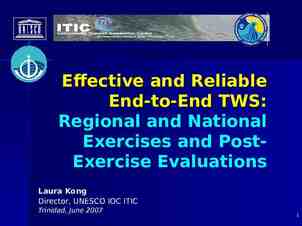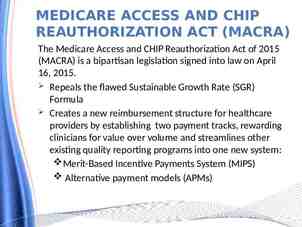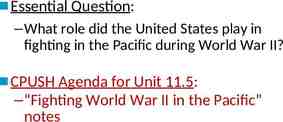Module 7: Analyzing the Standards for Curriculum/Unit/Lesson Planning
10 Slides1.74 MB

Module 7: Analyzing the Standards for Curriculum/Unit/Lesson Planning

Warm-up 1. What does “analyze” mean? 2. Brainstorm 5 synonyms for analyze. 3. Why should standards be analyzed? 4. How well does your current current scope and sequence, curriculum, materials or your teaching practice align to the revised standards? 5. What might need to be done to address any gaps in the curriculum?

Goals and Objectives Educators will be able to, both in writing and through discussion: 1. Discuss “next steps” for the standards implementation process 2. Explain misconceptions regarding standards and “coverage” of the standards

Overview of Phase II Modules 1. Module 8: Mapping the Standards 2. Module 9: Analyzing the Standards 3. Module 10: Identifying Gaps and Redundancies in Scope & Sequence, Curriculum, and Teaching Practices 4. Module 11: Creating a Plan to Address the Gaps

The Work of Modules 8 - 11 The processes and subsequent work outlined in Modules 8 - 11 are the “bulk” of the standards implementation work. While time has been recommended for each Module, the work of analyzing the standards, identifying the gaps and redundancies, and generating an implementation plan could take a few months. But, remember, there is time for this work as full implementation of the standards does not begin until the fall of 2020.

Why is This Work Important? Engaging in this work allows teachers to consider the types of learning experiences, or significant learning “events,” designed to build student mastery of the standards. They represent the intended student learning, not the activities in which they will engage. Some educators think that the standards, since they are arranged in a list, need to be covered one by one in lessons and units. This practice is unwise pedagogically, and it was not the writers’ intent. The standards are meant to be taught in an integrated/interrelated way; multiple EOs can and should be taught at the same time. If the transfer of concepts and meaning making are important goals of an education, those goals will not be achieved by simply marching through discrete content.

Complete These Incomplete Thoughts 1. “Teaching is more than ‘covering the standards,’ but what doesn’t get covered ” 2. “If we cover a topic but don’t get the results we want, it’s a sign we need ” 3. “If my students are performing below grade level, I need to ” 4. “Instead of saying we don’t have enough time, we should focus on ”

Dispelling Misconceptions Breaking down the GLE and EOs allows for collegial conversations that should result in a common agreement on the learning expectations. 1. Define the language of the GLE, EO 2. Determine the level of rigor indicated, in part, through the verb used and the grade level of the EO 3. Analyzing the GLEs and EOs results in a form that is more easily translated into curriculum, unit, and lesson plans 4. Analysis is essential at the local level if the standards are to be validly and consistently taught among teachers

Before Moving onto the Next Module. Please contact the Office of Standards and Instructional Support for additional information. Refer to the Standards Implementation guide for contact information.

Reflection Now that you have completed Module 7 . . . 1. What are your expectations for the next 4 modules? 2. What questions might you have regarding the next steps in the standards implementation process?






